
Filter News
Area of Research
News Type
News Topics
- Biology (1)
- Biomedical (1)
- Climate Change (1)
- Composites (1)
- Computer Science (3)
- Cybersecurity (2)
- Energy Storage (1)
- Fusion (1)
- Grid (2)
- Isotopes (3)
- Materials Science (2)
- Microscopy (1)
- Molten Salt (1)
- Nanotechnology (1)
- Nuclear Energy (2)
- Physics (1)
- Polymers (2)
- Security (2)
- Space Exploration (1)
- Transportation (3)
Media Contacts
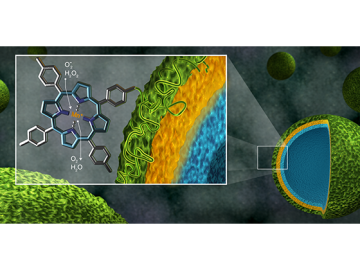
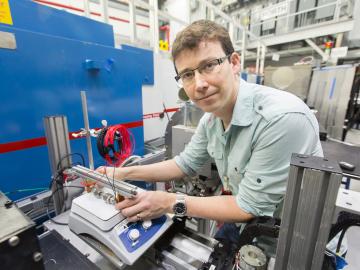
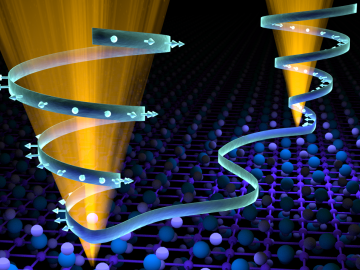

Researchers are looking to neutrons for new ways to save fuel during the operation of filters that clean the soot, or carbon and ash-based particulate matter, emitted by vehicles. A team of researchers from the Energy and Transportation Science Division at the Department of En...
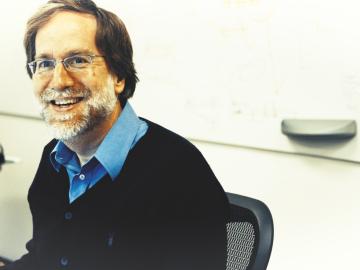
Dan Jacobson is illuminating the workings of biological systems from the molecular scale up by leveraging Oak Ridge National Laboratory’s supercomputing resources to create machine- and deep-learning techniques more easily understood by humans


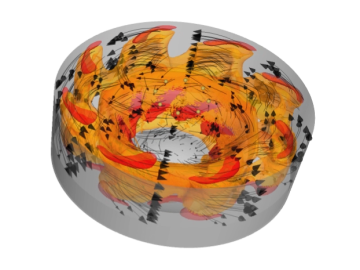
Most car owners in the United States do not think twice about passing over the diesel pump at the gas station. Instead, diesel fuel mostly powers our shipping trucks, boats, buses, and generators—and that is because diesel engines are about 10 percent more fuel-efficient than gaso...

Nuclear physicists are using the nation’s most powerful supercomputer, Titan, at the Oak Ridge Leadership Computing Facility to study particle interactions important to energy production in the Sun and stars and to propel the search for new physics discoveries Direct calculatio...
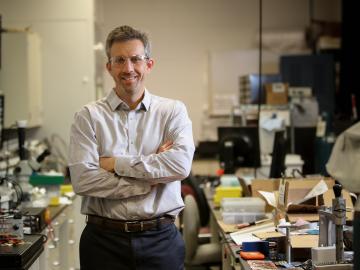
Yarom Polsky’s diverse background in private and public-sector research has given him a knack for recognizing opportunities to advance the state-of-the-art, and he parlays that knowledge into successful innovation as an engineer, group leader, and


